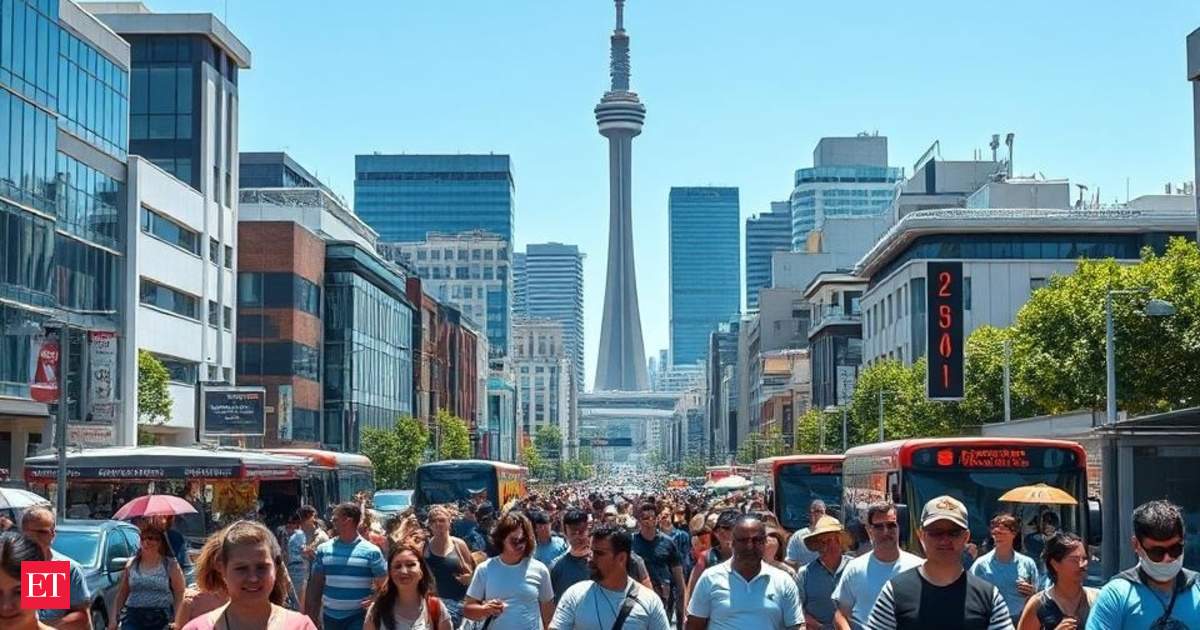The new population statistics include data from the 2023 Census and the Post-Enumeration Survey (PES).
This marks some of the fastest population growth seen in the last decade, and it is predicted to be largely driven by international migration, said Stats NZ population analyst Kim Dunstan.
“Over the last decade, New Zealand’s experienced some of its fastest population growth in its history, driven by international migration,” Dunstan said.
Between 2018 and 2023, all major ethnic groups saw growth. The Asian population grew fastest at 4.8 percent annually, followed by MELAA (Middle Eastern, Latin American, and African) at 6.1 percent. The Pacific population rose by 2.6 percent, and the Māori ethnic population by 2.2 percent. The ‘European or Other’ group experienced modest growth at 0.3 percent.
According to population estimates, projections, and coverage spokesperson Victoria Treliving, Younger generations are increasingly identifying with multiple ethnicities. 1 in 8 New Zealanders now identify with more than one group, compared to 1 in 9 in 2018.North Island is home to more than four million people, with over 2.5 million concentrated in the regions of Northland, Auckland, and Bay of Plenty, alone accounting for 62 percent of the country’s population growth since 2018.Across Auckland, Papakura saw the fastest growth in the region, averaging 5 percent per year between 2018 and 2024.
The South Island has grown slightly faster at 1.4 percent per year, compared to 1.3 percent in the North. The Selwyn District in Canterbury experienced the biggest growth by 5.1 percent annually. Queenstown Lakes followed closely behind with 3.7 percent yearly growth.
Even the indigenous Maori community saw a growth in their number. As of 30 June 2023, more than 1 million people in New Zealand identified as being of Māori descent and make up one in five residents in the country.
They also tend to be younger, with two-thirds of people of Māori descent under the age of 40, compared with just half of the non-Māori population.
But some regions are seeing population decline, like the Chatham Islands, which lost an estimated 80 people, bringing its population down to 610 residents as of 2024.
Urban hubs like Wellington are seeing slight decreases, with the capital’s population dropping from 211,200 in 2018 to 209,900 in 2024.
The population continues to age, due to which natural increase has slowed, and migration remains the dominant growth factor.

